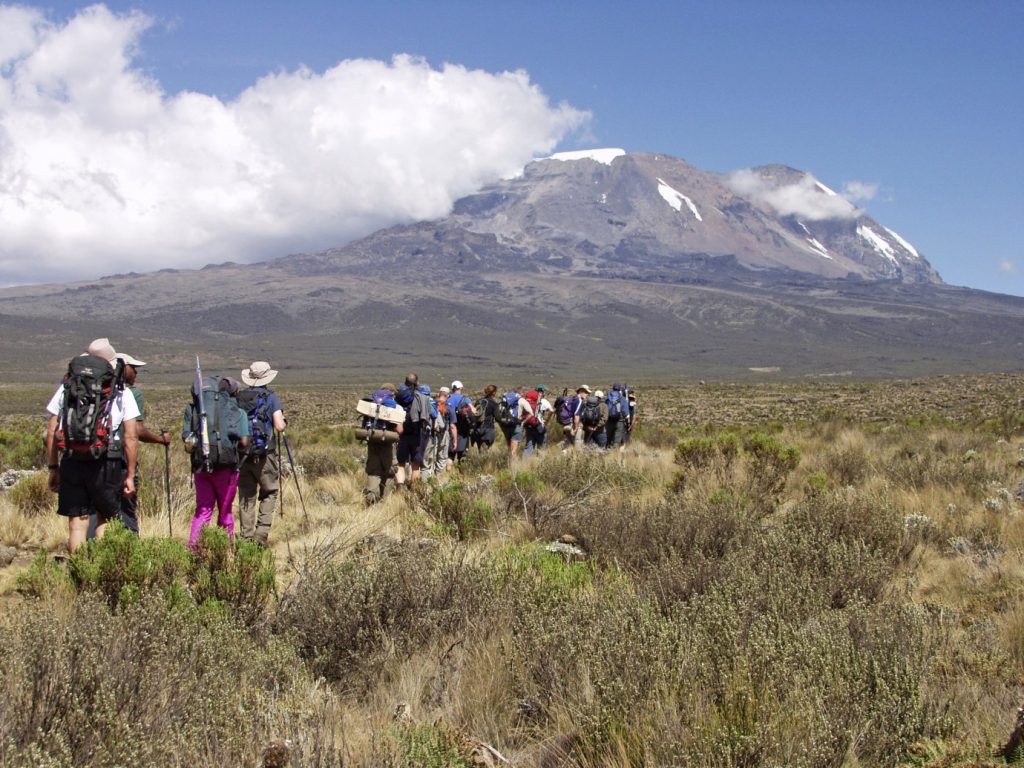One of the most amazing aspects of the mountain in the present day is the accessibility of its peak to climbers with no mountain climbing equipment or real previous experience of scaling such heights. Kilimanjaro is the highest mountain that regular tourists can climb, although it remains a considerable feat of human endurance! The breathable oxygen at the top is less than half the amount than is common at sea level, and climbers cover at least eighty kilometres on nothing but their own two feet over the five days it takes to reach the top and return.

The number of climbers has escalated to over a thousand a year during the last century, quite a development since Hans Meyer made history as the first European to scale the highest point of Kilimanjaro in 1889. The increasing numbers each year have made it necessary for the National Park to insist that all climbs are pre-booked, and passes are no longer issued at the last minute at the park gate.
Although it is possible to simply trek a route to the pinnacle of Kibo without relying on professional climbing equipment, it remains a hard and serious endeavour that requires a level of physical fitness, stamina and a realistic awareness of the potentially damaging effects of high altitudes. Many tour operators request that clients consult a doctor before attempting to scale the mountain, and have a physical check-up for overall fitness. Phases of the Climb; First Stage,Tropical Forest With most of the old lowland forest now cultivated and settled, the first experience of the mountain environment begins with the dense vegetation of tropical montane forest between 1850m and around 2800m. Cloud condensation mainly gathers around the forest, so this area is usually damp or drenched with rainfall, creating an intriguing mass of plant life and running rivers between endemic tree species. The area of heath just beyond the tree line also enjoys a relatively misty and damp environment as cloud clings around the density of trees. This is covered with heather and shrubs such as Erica Arborea and Stoebe Kilimandsharica, and a number of dramatic looking Proteas.
